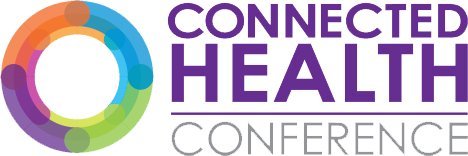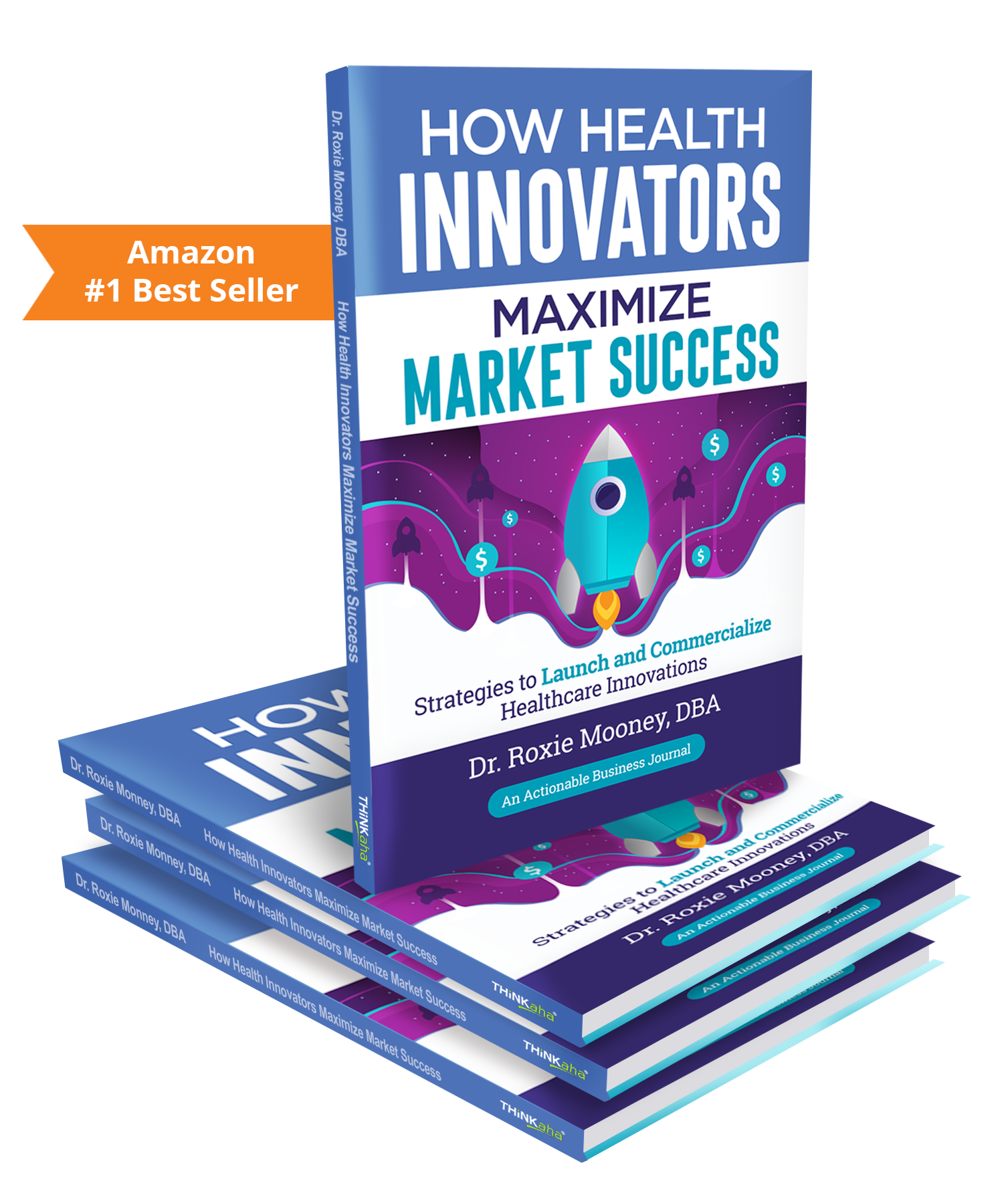Achieve more. Faster. Grow your healthtech startup with Dr. Roxie.
Because the future of healthcare is counting on you.
As seen on
Tired of practicing trial and error that often leads to setbacks?
The #1 cause of failure that I've seen with healthtech startups is that they don't have the right launch and growth strategies, they miss critical steps in the process or they don’t take the right steps in the right order, causing them to make mistakes and doubt themselves.
Unfortunately, far too many healthtech innovators either don’t understand the steps or the cadence required for commercial success and end up wasting precious time and money. It’s time to break through and crack the code on growing your business.
You need confidence that you are executing the right strategy. You need to know precisely what steps to take. You need to convince investors to fund your ideas. You need to connect with eager buyers who have the money to buy. And, you need to grow fast, quarter after quarter, year after year.
Our solution is the ‘2024 12-Week Healthtech Startups 1st Million Growth Sprint.’
Fast-track your success, shatter limitations, and make 2024 the year you break down the door to your first million!
How Health Innovators Maximize Market Success
Read Dr. Roxie’s international best-selling book, How Health Innovators Maximize Market Success.
We’re So Proud of These Client Success Stories
Watch, read, and learn how other health leaders just like you have already found their success.
Dr. Roxie’s Podcast: The Health Innovators Show
The Health Innovators video podcast showcaes the leaders, influencers, and early adopters redefining healthcare.
Break through to profits and impact.
International Healthcare Companies Rely on Dr. Roxie to Break Into the U.S. Health Market
After numerous years of success in Spain, helping tens of thousands of people optimize their health, Clara Fernandez, the CEO and Co-founder of Rx Longevity, decided to enter the U.S. market.
She knew navigating the U.S. healthcare landscape would be complex and confusing, and she didn’t want to waste precious time or money on trial and error or miss critical steps in her GTM plan.
She hired Dr. Roxie and the Legacy DNA team to help her define her value proposition, analyze market entry channels, define her go-to-market strategy, and more.
Dr. Roxie helped her navigate the peculiarities of bringing a health innovation to market in the U.S. She landed a payer contract in a record-breaking 90 days.




















